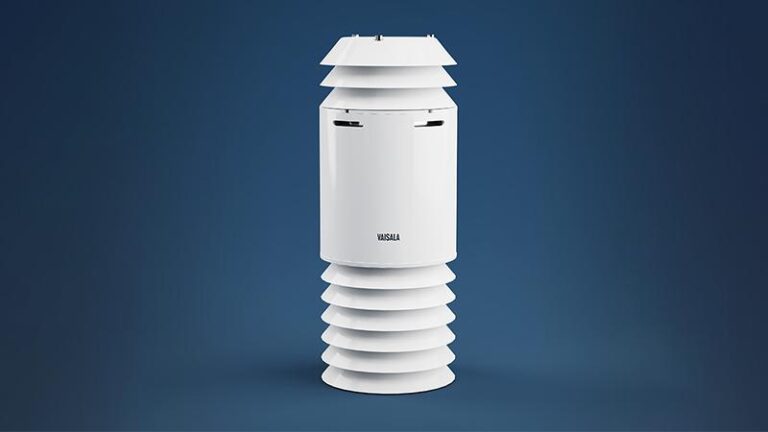Vaisala has launched the Air Quality Transmitter 560 (AQT560), which is a compact air quality sensor with a wide detection range – PM1, PM2.5, and PM10 – and a calibration system and algorithms.
The AQT560 has been designed to be the most dependable compact air quality sensor for measuring particle matter (PM). It can detect aerosol number concentration of particles within the size range of 0.3 to 10 microns. As a result, the sensor can accurately provide PM1 concentrations for sources primarily influenced by combustion (such as traffic, residential wood burning and wildfires), PM2.5 concentrations dominated by long-range transportation and PM10 concentrations driven by abrasive processes (such as road dust, sandstorms, construction and mining).
“The quality of the air we breathe has an incredible impact on people’s wellness and is an essential factor in creating healthier communities,” said Paul Melin, vice president of products and technology at Vaisala. “From large cities to small industrial businesses, the right air quality measurements empower decision makers to meet health and safety standards and sustainability targets so that cities, businesses and organizations can thrive. Delivering unsurpassed reliability and accuracy, AQT560 plays a vital role in not only helping organizations optimize their operations while complying with environmental regulations but also ensuring the safety of citizens, employees and communities as a whole.”
Leveraging Vaisala’s intelligent humidity control system and algorithms, the sensor detects the pollutant gases in ambient air, such as NO, NO2, CO and O3. Additional highlights of the AQT560 include the fact that the solution is factory-calibrated to Vaisala’s exclusive standards, allowing for consistent network insights; its optical components and rotary vane pump provide flow management and control; it combines a network of AQT560 sensors with Vaisala’s modeling capabilities to cost-effectively create localized intelligent observations and forecasts; the sensor’s compact size for supplemental air quality monitoring, including traffic emissions and near-source monitoring (e.g. mining sites and construction projects); its flexible plug-and-play connectivity options; and its modular scalability based on needs, including sensors, stations, cloud services, modeling and forecasting.



